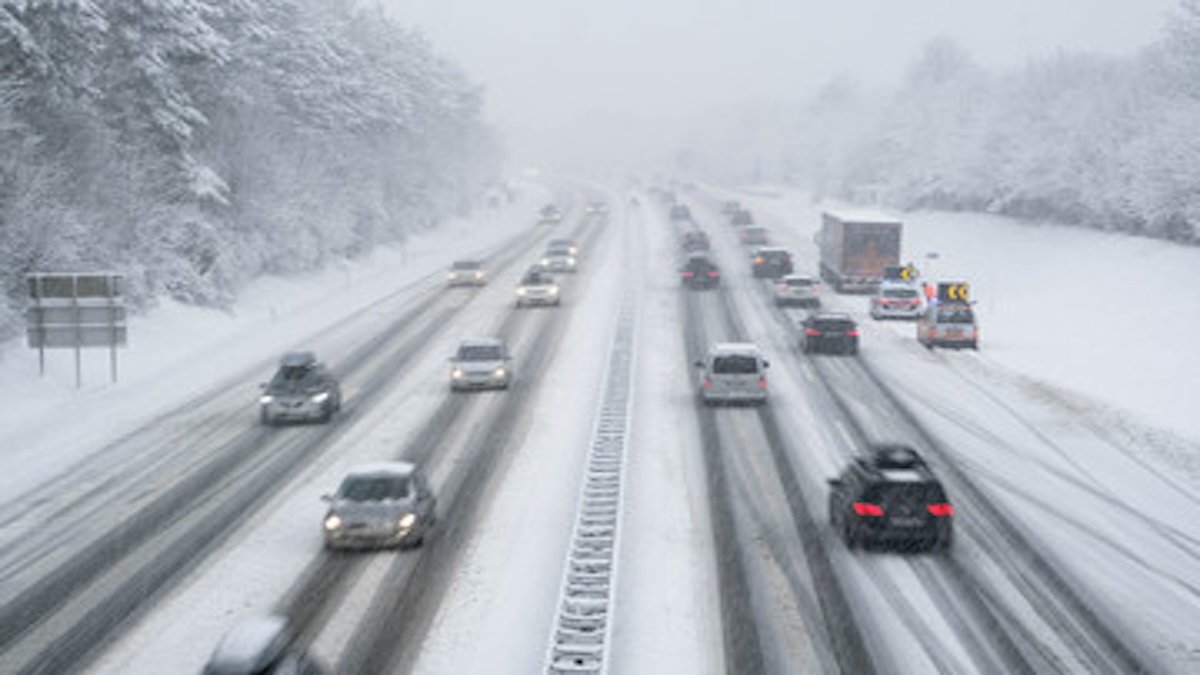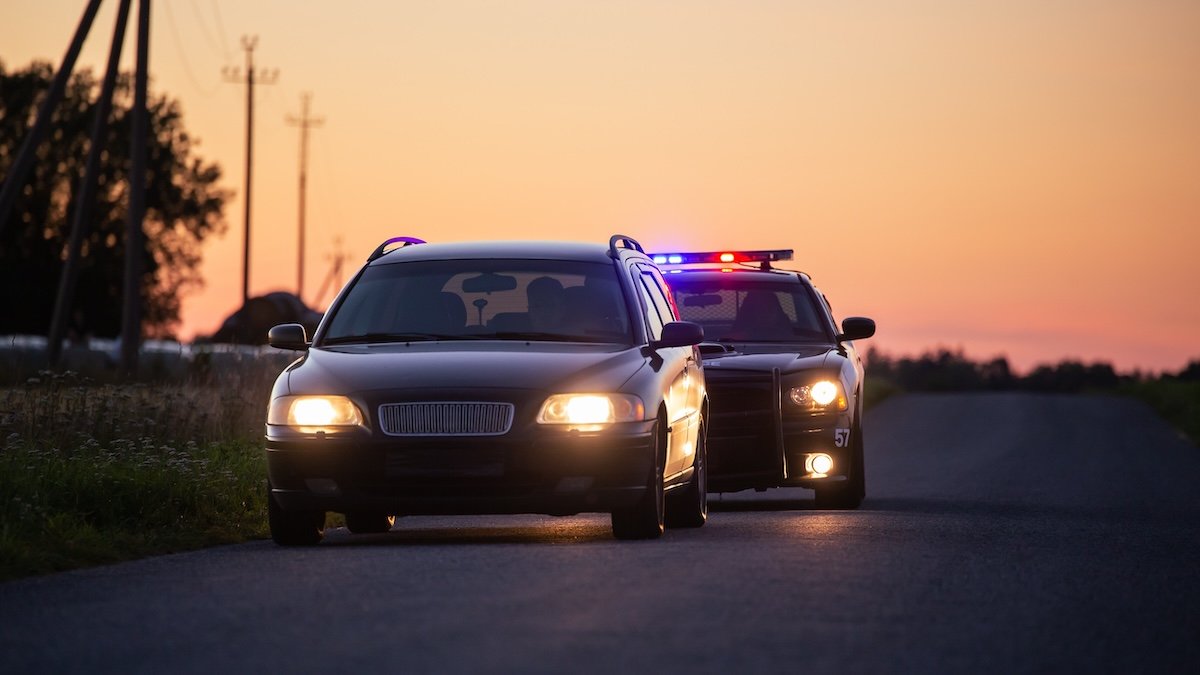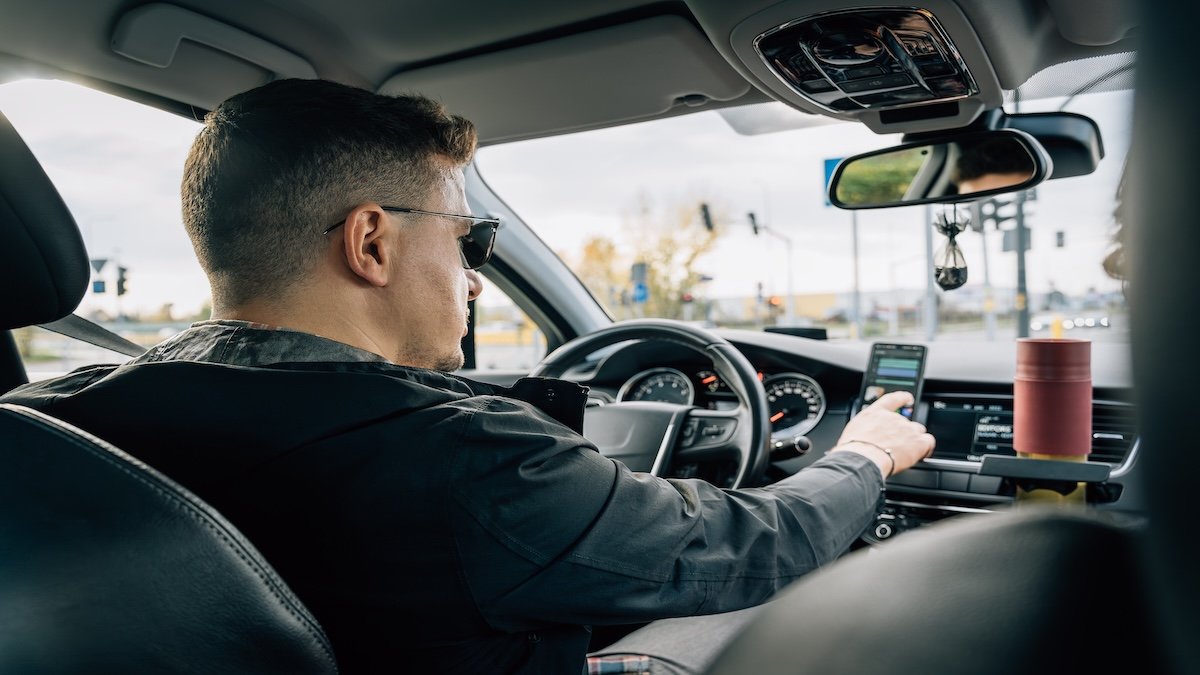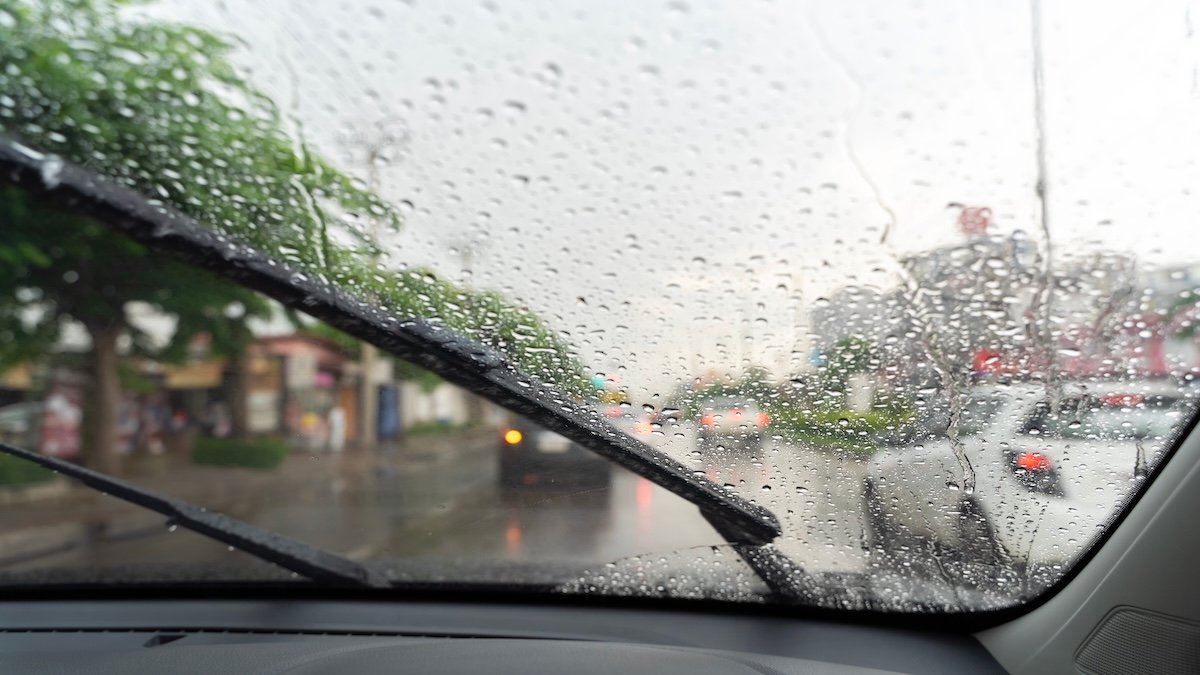Avoid These Driving Test Prep Mistakes (and Pass With Confidence)
Avoid the most common driving test mistakes. Learn how smart prep—not luck—helps you stay calm, confident, and fully ready to pass your driver’s test.

Avoid the most common driving test mistakes. Learn how smart prep—not luck—helps you stay calm, confident, and fully ready to pass your driver’s test.

Learn key traffic rules and vehicle safety tips for new drivers heading out during Thanksgiving. Get ready, stay calm, and arrive safely this holiday travel season.

Learn how to complete driver’s ed before Thanksgiving travel with proven study strategies, timeline planning, and time management tips for teen drivers.

Learn what to know before taking your driving test in winter. Get essential tips for vehicle prep, safety techniques, and test day strategies to pass with confidence.

Set expectations, build trust, and guide your teen toward safer driving with a parent–teen contract designed for communication, clarity, and confidence.

Texas roads aren’t all flat—learn how to handle hills, curves, and high elevations safely. Get tips for braking, gear use, and vehicle prep before your next drive.

Learn Colorado DUI laws for teens and new drivers—BAC limits, penalties, and how to stay safe, sober, and in control behind the wheel.

Under 18 in Colorado? Learn why all phone use—including hands-free—is banned while driving. Understand the law, penalties, and how to drive phone-free safely.

Learn how weather impacts driving safety for teens. Get expert tips for rain, snow, fog & more—so your teen feels calm, confident, and in control behind the wheel.
Looking for more driving resources?